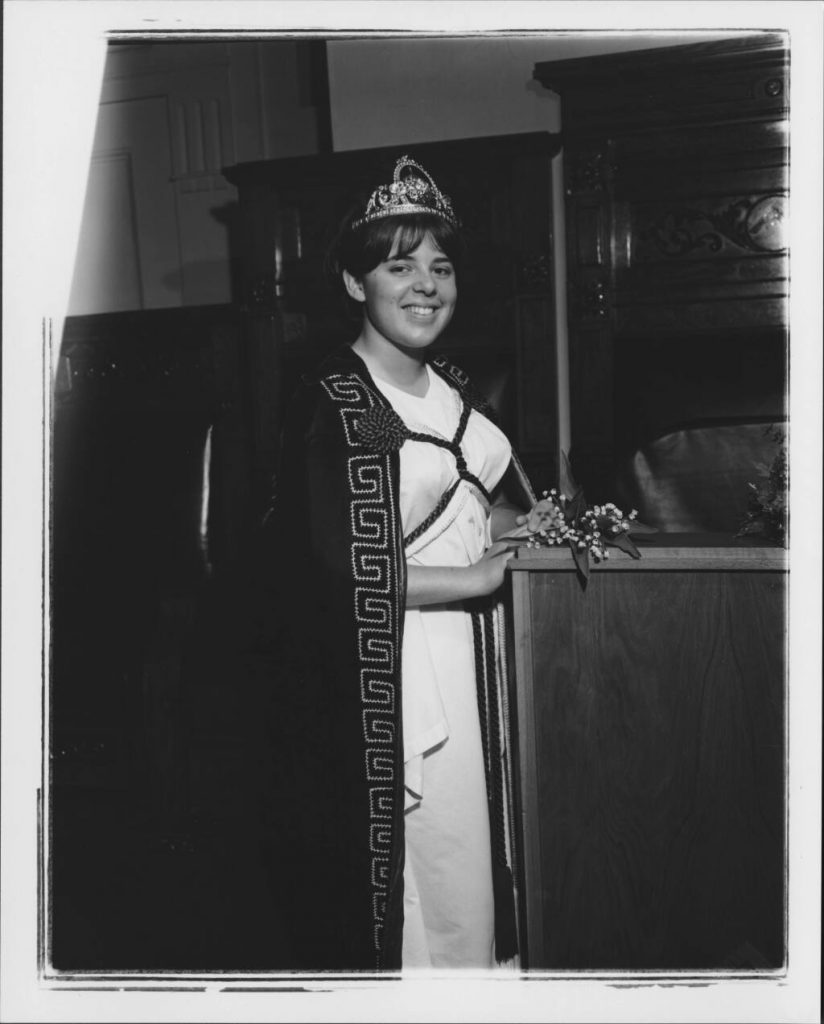Intersecting World History
To those who would bear the hopes and future of the people, let the voice of their guns express the words of freedom.
Death to the Fascist Insect that preys upon the life of the people.
(Rallying Cry of the Symbionese Liberation Army)
“Greetings, my comrade sisters and brothers, all love, power and freedom to you. I am very glad to have this opportunity to speak to you, even though I know that what I am feeling cannot be completely expressed in words. You may have heard of me, not because I am any more important than any of you, but simply because my former name has been in the news lately. My name was Nancy Ling Perry, but my true name is Fahizah. What that name means is: one who is victorious …. So, my name is Fahizah and I am a freedom fighter in an information/intelligence unit of the United Federated Forces of the Symbionese Liberation Army.”
From “A Letter to the People,” authored by Nancy Ling — Also known as Nancy Ling Perry, Nancy Devoto, Lynn Ledworth and “Fahizah.”
Our first image lives in the Sonoma County Library in Northern California. It portrays Nancy Ling as a Job’s Daughter.
The organization to which Nancy belonged in the 1960s still exists. The mission of Job’s Daughters has not changed much since then:
Teach girls to use their voices.
Teach the values of leadership, public speaking, charity, respect for parents, tradition and teamwork.
Shy girls are turned into confident young women.
How did Nancy Ling (a Jobie queen) become Nancy Ling Perry, a sometime topless card-dealer, shoplifter, and full-time drug-user married to a jazz musician? How did she then transform into the urban guerrilla, Fahizah, a soldier in the Symbionese Liberation Army? In ten years she went from conservative teenager to assassin, employing cyanide-laced bullets, robbing banks and kidnapping people. Sounds fantastic now — but then in the early 1970s such transformations were becoming commonplace. She became the victim of her own conspiratorial imagination. She died in a gun battle with the Los Angeles police in Spring 1974, along with several members of her “Army,” which never numbered more than twelve battle-ready soldiers.
While studying at the University of California, Berkeley in 1973, I saw Nancy almost every day. She sold freshly-squeezed fruit juice from a cart parked where Telegraph Avenue ends at the university’s main plaza — my route from school to home. The photo below — which ran in newspapers and was featured on FBI wanted posters everywhere — accurately represents what she looked like on the street during that period. She stood five feet tall and weighed a hundred pounds; the intensity of her gaze made her seem larger than that.
 Nancy Ling Perry (operating as Fahizah) helped kidnap Patty Hearst from an apartment two blocks from the rooming house where I lived in the Berkeley hills. The crime led to a nationwide manhunt, became a worldwide news extravaganza, including a “trial of the century” featuring a celebrity a defense counsel — one of several times the world-historical dimension intersected my life. I had seen Patricia Hearst on campus without knowing her identity. I attended her trial for bank robbery in San Francisco one afternoon during the cross-examination of Patty by a U.S. Attorney.
Nancy Ling Perry (operating as Fahizah) helped kidnap Patty Hearst from an apartment two blocks from the rooming house where I lived in the Berkeley hills. The crime led to a nationwide manhunt, became a worldwide news extravaganza, including a “trial of the century” featuring a celebrity a defense counsel — one of several times the world-historical dimension intersected my life. I had seen Patricia Hearst on campus without knowing her identity. I attended her trial for bank robbery in San Francisco one afternoon during the cross-examination of Patty by a U.S. Attorney.





